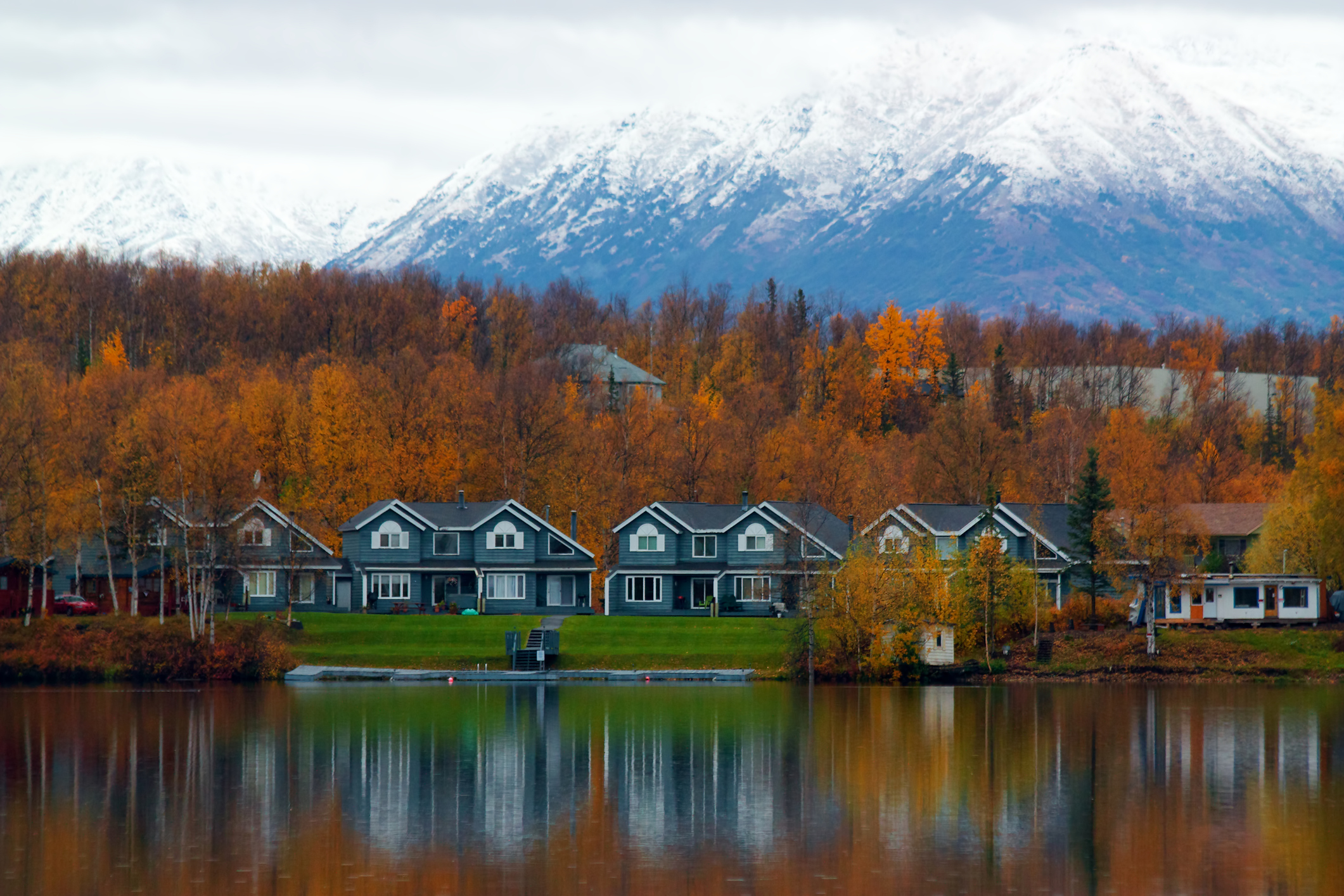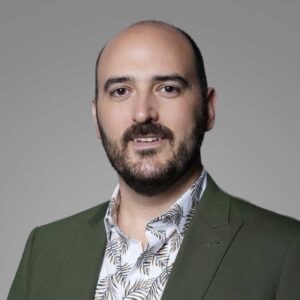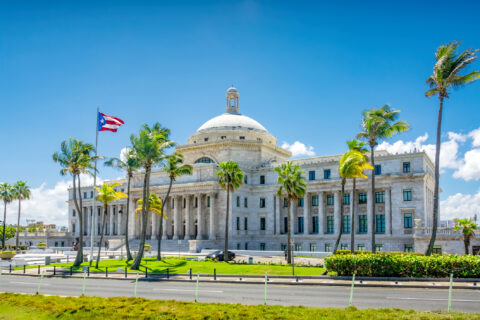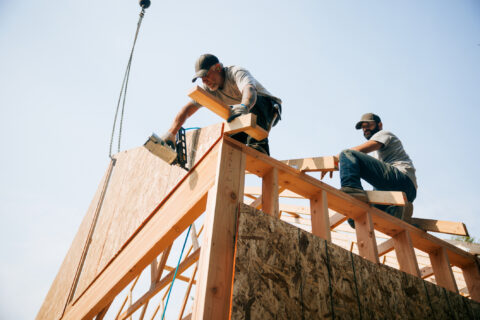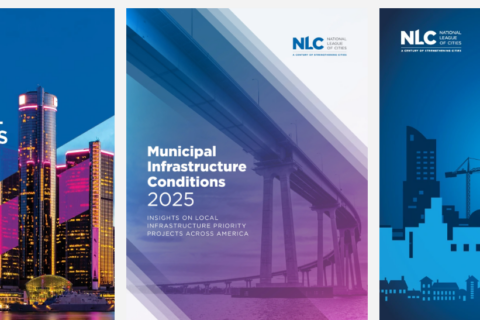Co-authored by NLC intern Sharon Glenn
Community Project Requests — previously referred to as “earmarks” — are one-time funding requests that can be spent over a one-year project period. Unlike traditional grant applications, which are submitted to federal agencies, cities submit a project proposal directly to their Senators and respective House Member.
In Wasilla, Alaska, Community Project funding is helping tackle one of the city’s most pressing needs: modernizing wastewater infrastructure to keep pace with rapid growth.
This blog is based on an interview with the city.
The Project at a Glance
- Location: Wasilla, Alaska
- Population: 9,054
- Project: Wastewater Infrastructure Improvement Project
- Funding Source: FY2023 Appropriations: Interior and Environment (PDF)
- Funding Amount: $5,700,000
- Writer: City Staff
- Timeline: Preliminary engineering report in progress, with construction slated to begin in 2026.
Community Need
Wasilla’s wastewater system is still built on septic tanks dating back to the 1980s. While that solution once worked for a small community, Wasilla is now one of the fastest-growing cities in the country and part of the teeming Matanuska-Susitna Borough. At around 13 square miles, the city has limited room for expansion, and septic tanks require significant land for private use. As a result, the wastewater system has been identified as one of the city’s top priority projects in the annual budget. Without change, Wasilla will not be able to grow vertically and future growth could stagnate.
Geography adds further complexity. The city is bordered by Lake Lucille and Wasilla Lake, a landscape that limits feasible tank structures and increases costs. Homes in the area face even stricter requirements for their septic systems to prevent contamination and Alaska’s permafrost creates unique engineering challenges. Many tanks are nearing the end of their lifecycle, leaving the city responsible for expensive replacements that can cost over $50,000 per household, which includes removal, installation and restoration.
This outdated system not only constrains growth but also poses risks to Wasilla’s drinking water.
Alaska has unique challenges, but the lesson is universal. Maintaining direct, consistent communication with federal partners is key to advancing local priorities.
Funding in Action
Wasilla is developing a comprehensive 20-year wastewater master plan that will account for growth, environmental factors and a phased transition from septic to a centralized system. Community Project funding will cover about 20 percent of the total costs of this wastewater revolution, providing momentum as the city works to braid together additional state, federal and local funding.
Using Community Project dollars, the city plans to expand a sludge digestion facility and is considering proposed options, including constructing a new floating suction dredge and renovating sludge drying beds to be year-round rather than seasonal. Sludge can be defined as the solid material left behind after water is cleaned. It’s made up of organic matter, bacteria and other particles removed during the treatment process. Wasilla leaders are further using these funds to research ways to proactively make their sludge system more efficient and cost-effective to help the city grow sustainably while protecting public health and Alaska’s pristine environment.
As city leaders determine how to improve the wastewater system, they have committed to a high level of community engagement, recognizing that residents and businesses must play a central role in shaping a system that will serve the city for decades.
Impact on the Ground
Residents and businesses alike have voiced strong support for upgrading the wastewater system, with many emphasizing the importance of protecting drinking water wells, which are the main source of clean drinking water in Wasilla. Although the project is still in its planning stages, it has already sparked meaningful conversations about the future of growth and development in Wasilla.
Community Project funding is helping Wasilla grow into the future with a system designed for long-term sustainability.
EPA Congressional Directed Spending Process
This Community Project funding came through the U.S. Environmental Protection Agency (EPA) State Revolving Funds. With this type of funding, once appropriated by Congress, communities work directly with EPA Regional and Headquarters staff on project information and grant application submittal. Once the grant is awarded by EPA, grant management and oversight are handled by the EPA Regional Office. This process is different to the traditional application and utilization of the State Revolving Funds, which requires communities to apply and work with their state agency.
Learn More
Explore NLC’s guide to tracking FY2026 Community Project Requests in Congress to help your city successfully navigate the process.
